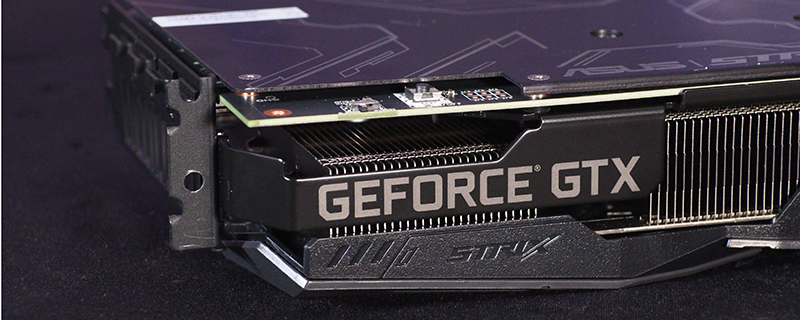ASUS ROG Strix GTX 1660Ti Review
Conclusion
The release of the GTX 1660Ti has unquestionably muddied the Nvidia waters. Until now there is usually a place for everything and everything has typically sat the right place. The range has been relatively clear cut. The GTX 1050Ti for those who play simpler titles. GTX 1060 and 1070 for those needing more performance at an affordable price, the GTX 1080 and Ti for those who need a lot of horsepower. Then came the RTX cards which neatly fit into the scheme with the RTX 2060 having 1070Ti performance and RT features, the RTX 2070 being about the GTX 1080 but with RT features, and the RTX 2080 offering similar pricing and performance to the GTX 1080Ti, but again with Tensor and RT elements. The RTX 2080Ti then moved into the flagship role. The GTX 1660Ti is designed to replace the GTX 1060, with around GTX 1070 performance, and priced at the low end somewhere between the GTX 1060 and GTX 1070, and at the high end around the base model RTX 2060s. Except without the RT feature set. It’s extremely confusing.Â
ASUS ROG products have always sat at the high end of the price bracket for a particular piece of hardware and the GTX 1660Ti Strix is no exception. With cards such as the Phoenix coming in around £260 the Strix pricing of around £320 is a serious step up, especially for those of you with limited budgets. It’s £100 cheaper than the equivalent RTX 2060, which should make it a no brainer if you’re determined to have a ROG card in your system, but it’s not £100 cheaper than all the RTX 2060 cards. In fact, it’s identical in pricing to ASUS’ own Phoenix RTX 2060.
All of which means that how desirable you find the ROG Strix GTX 1660Ti depends more upon your personal preference than almost any other product we’ve reviewed in recent times. Certainly, it is a big step up from the GTX 1060 it replaces when you look at raw performance. It will run anything at 1080p happily, and with a small tweak to your anti-aliasing settings when compared to the 8xMSAA that we benchmark in, it will clearly give you more than enough frames per second at 1440P too. It will do so in a package which looks significantly more expensive than it is thanks to the DirectCU cooler being a clone of that you’ll find on the RTX 2080Ti Strix. It has incredible cooling performance as you would expect from a triple fan cooler on a card which only has a single fan in the reference design. You get all the hoopla of a ROG product in terms of packaging and RGB lighting. It’s built like an absolute tank too. If you want something that has been almost over-engineered then the ROG Strix is it. It will last for as long as you need it, and then some more. You could probably dig this out of a cupboard in 50 years time and it will still happily play along.
But, and it’s a big but, there is a price to pay for these looks and this cooling ability. Would you rather have a stripped down Nvidia Turing card that is the best of the breed but can’t do RT or DLSS, or would you rather put up with a louder, warmer card that doesn’t look spectacular in your system but will look spectacular in games and go for the full on RTX 2060? Only you can decide that. For us, personally, at this end of the market when value for money is more about the performance you’re getting than any bells and whistles – steak rather than sizzle – then we’d plump for the RTX 2060 every time. If, however, you don’t mind accepting fewer features to get the highest performing GTX 1660Ti, then clearly the ASUS ROG Strix GTX 1660Ti is the one to get.
Discuss the ASUS ROG Strix GTX 1660Ti in our OC3D Forums.




